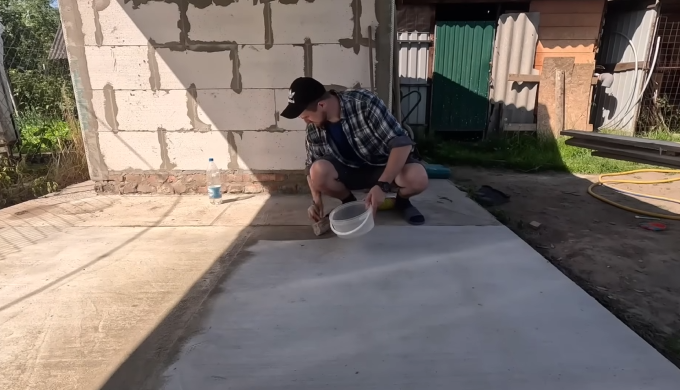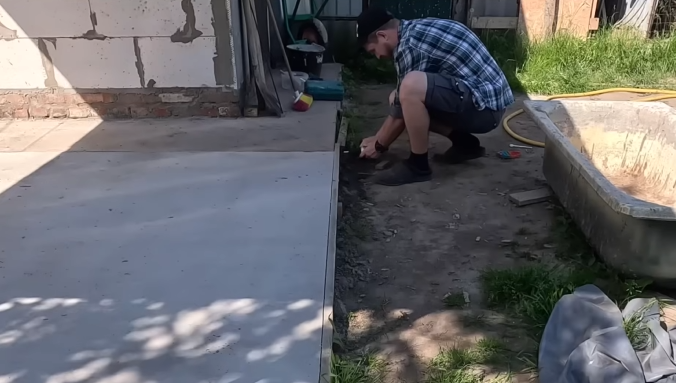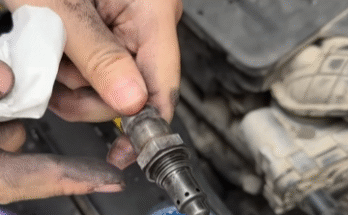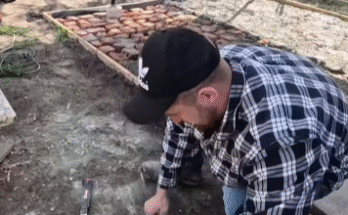
Concrete is one of the most durable and widely used construction materials in the world. However, even this robust material is susceptible to damage from moisture, chemicals, and environmental wear over time. One powerful method for protecting and enhancing concrete surfaces is through impregnation with liquid glass, also known as sodium silicate. This modern technique offers a long-lasting solution to preserve concrete structures, both indoors and outdoors. In this article, we’ll explore how liquid glass impregnation works, its benefits, application process, and suitable use cases.
What is Liquid Glass?
Liquid glass, or sodium silicate, is a water-based compound composed of silica (SiO₂) and sodium oxide (Na₂O). It appears as a clear, viscous liquid and has long been used in various industrial applications due to its unique properties. When applied to porous materials like concrete, liquid glass penetrates the surface and reacts chemically to form a hardened, water-resistant, and dust-repelling layer.
Unlike coatings that sit on the surface, impregnation with liquid glass modifies the internal structure of the concrete, strengthening it from within without significantly changing its appearance.

How Liquid Glass Impregnation Works
The impregnation process involves applying liquid glass to the surface of the concrete, where it seeps into the pores. A chemical reaction takes place between the sodium silicate and the free calcium hydroxide (Ca(OH)₂) naturally present in concrete. This reaction produces calcium silicate hydrate (C-S-H), a gel-like substance that fills micro-cracks and pores, effectively densifying the concrete matrix.
This internal sealing provides a range of protective benefits:
- Reduced porosity
- Improved resistance to water, oils, and chemicals
- Enhanced abrasion and freeze-thaw resistance
- Dust-proofing
- Extended service life of concrete surfaces

Key Benefits of Liquid Glass for Concrete
- Deep Penetration
Liquid glass doesn’t just coat the surface; it soaks deep into the concrete. This creates a long-lasting barrier that’s resistant to wear, UV radiation, and chemical exposure. - Waterproofing and Moisture Control
One of the primary advantages is its ability to repel water. This is particularly useful in environments exposed to rain, snow, or humidity. By preventing moisture penetration, it reduces the risk of corrosion in reinforced concrete and stops freeze-thaw damage. - Preservation of Appearance
Since liquid glass is clear and non-glossy, it doesn’t alter the appearance of the concrete. It maintains the natural matte look of surfaces while still offering protection. - Eco-Friendly and Non-Toxic
Liquid glass is a water-based, solvent-free material. It emits no harmful fumes during or after application, making it safe for both indoor and outdoor use. - Low Maintenance
Once applied, surfaces become easier to clean. Dust, oil, and other contaminants are less likely to stick, which is especially helpful in garages, warehouses, and public spaces.

Where to Use Liquid Glass Impregnation
Liquid glass can be used in both residential and industrial applications. It is particularly suitable for:
- Floors in warehouses, garages, and factories
- Driveways and walkways
- Basement walls and floors
- Parking decks
- Swimming pool decks
- Concrete countertops
- Restoration of historical concrete buildings
It’s a versatile solution that works well for both new concrete and older, more porous surfaces that need protection or rejuvenation.
Application Process
1. Surface Preparation
Proper surface preparation is key to achieving the best results. The concrete must be clean, dry, and free of oils, dust, or coatings. Any existing paint or sealant should be removed, and cracks or damaged areas should be repaired beforehand.
2. Application
Liquid glass can be applied using a low-pressure sprayer, roller, or brush. It should be applied evenly, saturating the surface thoroughly. On very porous concrete, a second coat may be necessary to ensure full penetration.
3. Curing
After application, the surface should be left to cure. Depending on ambient temperature and humidity, this could take anywhere from a few hours to a full day. During this time, it’s important to avoid water exposure or foot traffic.
4. Optional Buffing or Polishing
For indoor floors, polishing the surface after curing can enhance durability and give a smoother finish.
Liquid Glass vs. Other Concrete Sealers
Many products exist for concrete sealing, including acrylics, epoxies, and urethanes. Here’s how liquid glass compares:
| Feature | Liquid Glass | Acrylic Sealers | Epoxy/Urethane |
|---|---|---|---|
| Penetration | Deep | Surface-only | Surface-only |
| Breathability | High | Medium | Low |
| UV Resistance | Excellent | Varies | Poor to good |
| Maintenance | Low | Medium | High |
| Appearance | Natural | Glossy | Glossy |
| Environmental Safety | High | Varies | Low |
Liquid glass stands out for its deep penetration, breathability, and eco-friendliness. It’s ideal for projects that require invisible protection without changing the texture or color of the surface.

Tips for Best Results
- Always test the product on a small section first to ensure compatibility.
- Do not apply in freezing temperatures or direct sunlight.
- Make sure the surface stays dry for at least 24 hours after application.
- Wear gloves and goggles during application for safety.
Cost and Coverage
Liquid glass impregnation is cost-effective compared to traditional sealers, especially considering its durability and long-lasting protection. On average, 1 liter of liquid glass covers about 5–10 square meters, depending on the porosity of the surface.
Prices vary by brand, but in general, it offers good value for large areas like garages or commercial floors.
Limitations to Consider
While liquid glass is an excellent choice for many situations, it does have some limitations:
- It may not provide a glossy or decorative finish for those seeking aesthetic enhancement.
- Not suitable for very smooth or non-porous concrete unless etched first.
- It doesn’t fill large cracks—these must be repaired before application.

Conclusion
Impregnating concrete with liquid glass is a smart and efficient way to protect surfaces from moisture, chemicals, and wear. Its ability to penetrate deeply, harden the concrete matrix, and resist environmental damage makes it an ideal choice for homeowners, contractors, and facility managers alike.
Whether you’re looking to preserve a driveway, reinforce a warehouse floor, or restore a historic structure, liquid glass offers a long-term solution that enhances both performance and durability—without compromising the natural look of concrete.


